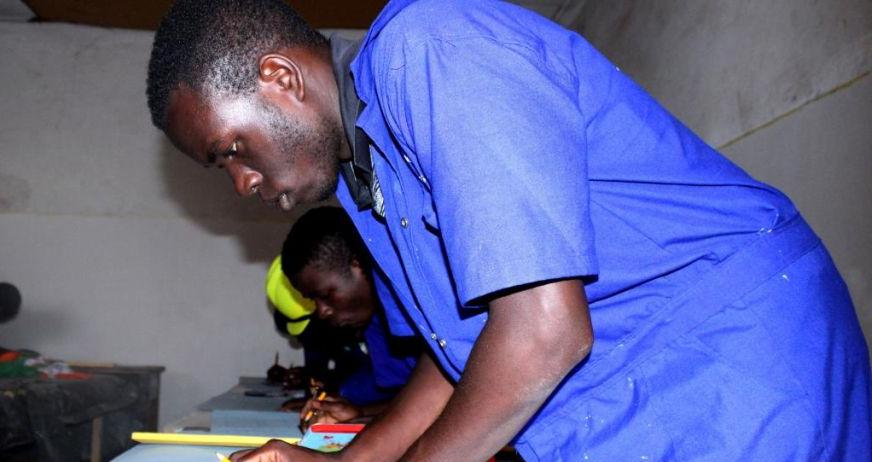Kampala-Many secondary schools across the country have not yet registered with the Directorate of Industrial Training (DIT) ahead of the first national assessment under the new lower secondary curriculum.
Under the new curriculum, learners are expected to choose one vocational occupation which is expected to be assessed in senior three, in line with the Uganda Vocational Qualifications Framework (UVQF). According to timelines, the assessment will be held next year.
Information obtained from DIT, which is in charge of assessing students in vocational occupations, shows that only 1,024 schools have so far registered with the assessing body.
“We are puzzled why schools are not registering even though this vocational employment was properly explained to the schools throughout the rollout phase of the curriculum. This figure is still low compared to schools which are registered as centers for national examinations (with UNEB),” an official from DIT who preferred anonymity told our reporter.
A month ago, the Uganda National Examinations Body (UNEB) noted that there are 3,288 centers where learners will sit this year’s Uganda Certificate of Education (UCE) Examinations. Going by those figures, over 2,000 schools have not yet registered with DIT.
Patrick Byakatonda, the Executive Director of DIT is also wondering why schools are delaying registering yet some of the subjects from which vocational occupations are selected are compulsory in senior one and two.
Byakatonda, says that most of the schools that have already registered with his body are private with the majority of government schools whose registration is free seem to have snubbed the process.
“To have an assessment center, private schools are required to pay 350,000 shillings among other things and the majority have come to us. Government schools are not charged. We call upon head teachers to register with us so that their students don’t miss out on the DIT assessment next year,” Byakatonda said.
According to the National Curriculum Development Centre, the DIT assessment is important, since upon completing the Ordinary level education cycle a learner might choose to progress with vocational studies on a high level as an alternative to an Advance Level.
There are 79 vocational occupations from which a student can choose. The said vocational occupations are condensed under Agriculture, Art and Design, Technology and Design, Nutrition and Technology, Physical Education, Information and Communication Technology, and Entrepreneurship.
Some of the occupations from which learners select include; building, poultry farming, graphic designing, electronic mechanic, wine-making, hairdressing, soccer, horticulture, beekeeping, phone repair, visual painting, drama and swimming, domestic electricians, piggery, cookery, athletics, briquette making, baking, fruit processing, tailoring, and mushroom farming among others.
While talking to school head teachers in previous interviews conducted in the second term of this year, URN discovered that several schools across the country had not yet started teaching vocational occupations.
In such schools, head teachers were arguing that vocational occupations among others require practical lessons and yet they face a challenge of lack of required equipment, financial resources, and deficiency of professional instructors.
Byakatonda advises that schools should begin with vocational occupations that they and their students can manage. Additionally, he says that in order to reduce expenses, the chosen initiatives should have a business perspective to prevent the wastage of materials or output.
Source: URN



